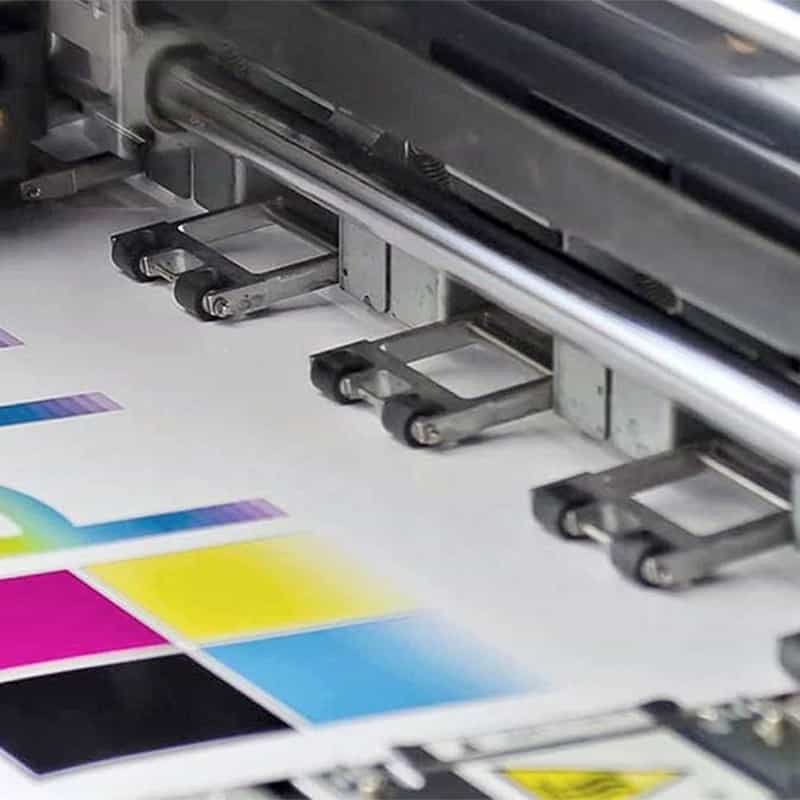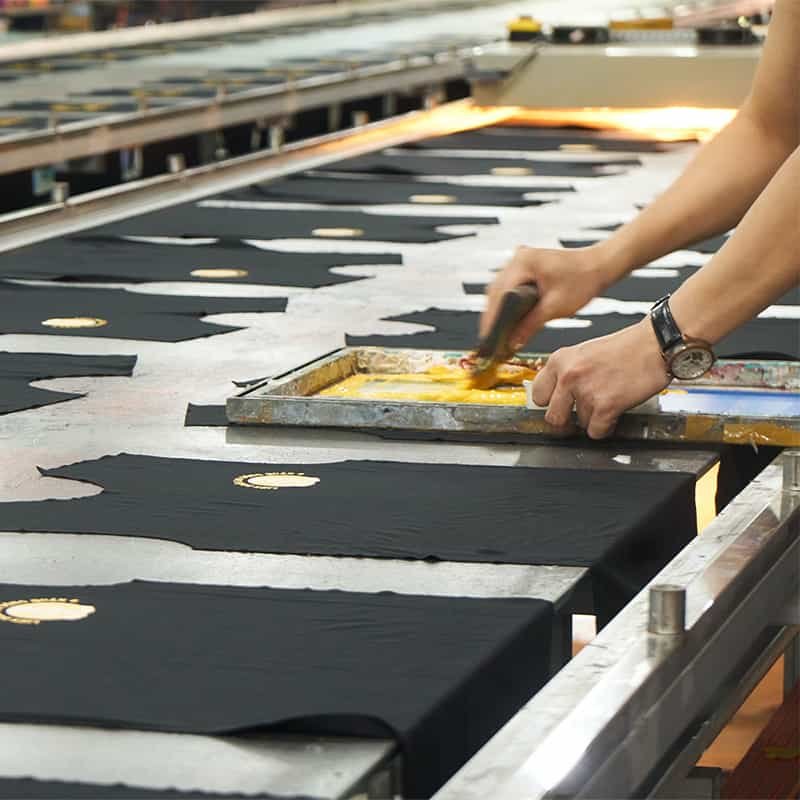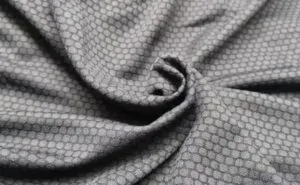what is digital printing?

Digital printing is a printing process that involves the use of digital files, such as PDF or JPEG, to produce printed documents or products. It is a faster and more efficient method of printing compared to traditional printing methods, such as offset printing, which require the use of printing plates.
In digital printing, the digital file is sent directly to the printer, which then prints the document or product using inkjet or laser technology. This eliminates the need for printing plates, which saves time and reduces costs. Digital printing also offers greater flexibility, as it allows for easy customization and personalization of printed materials.
What is screen printing?

Screen printing is a printing technique that involves the use of a fine mesh screen and ink to transfer an image onto a substrate, such as paper, fabric, or plastic. It is also known as serigraphy or silk screening.
In screen printing, a screen is coated with a thin layer of stencil, which is a pattern or image that has been cut out of the screen. Ink is then applied to the screen and forced through the stencil onto the substrate using a squeegee. The ink passes through the open areas of the stencil and is deposited onto the substrate, creating the desired image.
10 factors for choosing clothing printing methods

Screen printing and digital printing are two popular methods for printing designs and graphics onto clothing and other textiles. Both methods have their own strengths and weaknesses, and the best choice for your project will depend on your specific needs and goals. In this article, we will explore ten key aspects to consider when deciding between screen printing and digital printing for your clothing printing needs.
Cost
Cost: One of the main differences between screen printing and digital printing is the cost. Digital printing generally has a lower upfront cost compared to screen printing because it requires less setup and labor. With screen printing, each color in the design requires a separate screen, which must be aligned and registered accurately. This setup process can be time-consuming and labor-intensive, which can drive up the cost. In contrast, digital printing uses a single machine to produce the entire design, which can be quicker and more cost-effective. However, it’s worth noting that screen printing may be more cost-effective for larger orders because it has a lower cost per unit.
Speed
Speed: Another key consideration when choosing a printing method is speed. Digital printing is generally faster than screen printing because it does not require the setup and alignment of screens for each color. This means that digital printing can be a good choice if you need to produce a large number of garments quickly. However, it’s worth noting that digital printing may be slower for very small orders because the machine still needs to warm up and perform some basic setup tasks.
Accuracy

Accuracy: Digital printing allows for more precise color matching and can produce gradients and other color effects that are difficult to achieve with screen printing. This is because digital printing uses inkjet technology, which can produce a wider range of colors and shades. In contrast, screen printing uses opaque inks, which can produce bold, vibrant colors but are not as capable of producing subtle gradations or blending. This means that digital printing may be a better choice if you need to match a specific color or produce a design with complex color transitions.
Versatility
Versatility: Digital printing is also more versatile than screen printing because it can handle a wider range of materials and can print on demand, making it suitable for small quantities or one-off items. With digital printing, you can produce a single garment or a small batch of garments with a different design for each one. In contrast, screen printing is more limited in the materials it can print on and is generally more suitable for larger quantities.
Durability
Durability: Screen printing is generally more durable than digital printing because the ink is applied directly to the fabric and is pressed into the fibers. This means that the design is less likely to fade or peel over time. In contrast, digital printing uses inkjet technology, which can result in fading or peeling if the garments are subjected to high levels of wear and tear. This means that screen printing may be a better choice for garments that will be worn frequently or exposed to harsh conditions.
Ink options

Ink options: As mentioned above, screen printing uses opaque inks, which can produce bold, vibrant colors. These inks are ideal for designs that require a high level of contrast and saturation. However, they may not be suitable for designs that require more subtle, nuanced colors. Digital printing, on the other hand, uses transparent inks, which can produce more subtle, nuanced colors and gradations. This makes digital printing a good choice for designs that require a more subtle or refined aesthetic.
Image quality
Image quality: Digital printing produces higher-quality images because it can reproduce a wider range of colors and gradients. This is due to the use of inkjet technology, which can produce a wide range of shades and tones. Screen printing may produce a slightly lower-quality image due to the limitations of the printing process. The use of opaque inks and the need to align screens for each color can result in a slightly less precise image.
Capacity
Capacity: Screen printing is generally better suited for large orders because it has a higher production capacity. This is because the setup and alignment of screens is time-consuming, but once the screens are set up, the printing process is relatively fast and efficient. Digital printing is more suitable for small quantities or one-off items because it does not require the setup of screens and can be done on demand.
Fabric compatibility

Fabric compatibility: Both screen printing and digital printing can be used on a variety of fabrics, but there may be some differences in the results. For example, screen printing may work better on heavier fabrics like denim or canvas, while digital printing may be more suitable for lighter fabrics like polyester.
Environmental impact
Environmental impact: Both screen printing and digital printing have environmental impacts to consider. Digital printing typically has a lower carbon footprint due to the lack of screens and chemicals needed in the process, while screen printing can produce hazardous waste and use more water and energy.
Ultimately, the choice between screen printing and digital printing will depend on your specific needs and priorities. Consider factors such as cost, speed, accuracy, versatility, durability, ink options, image quality, capacity, fabric compatibility and environmental impact to determine the best printing method for your project.







